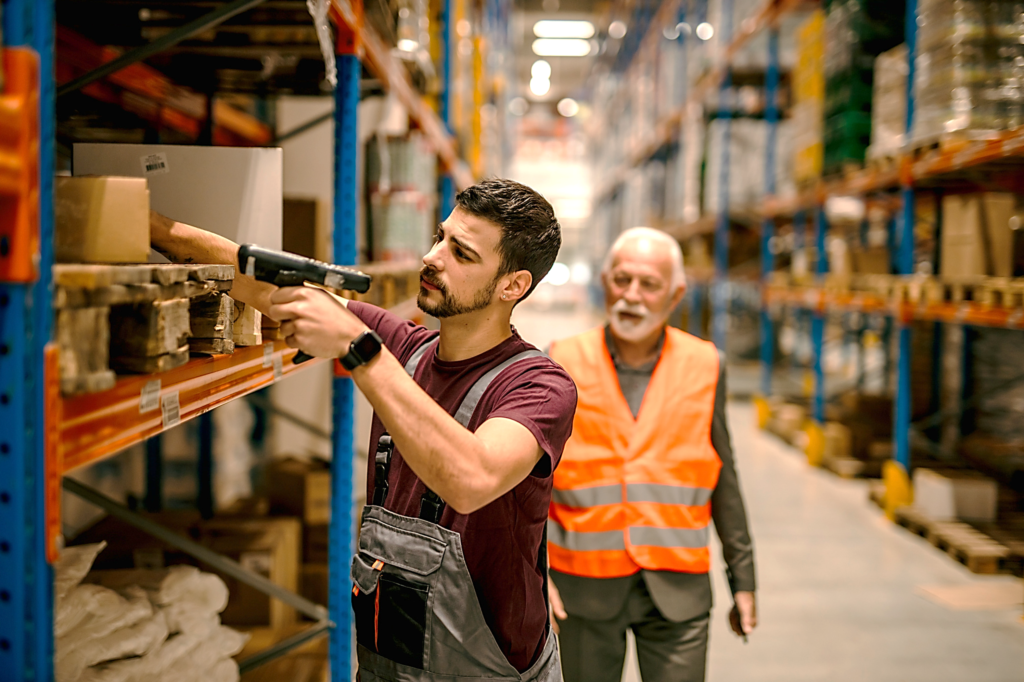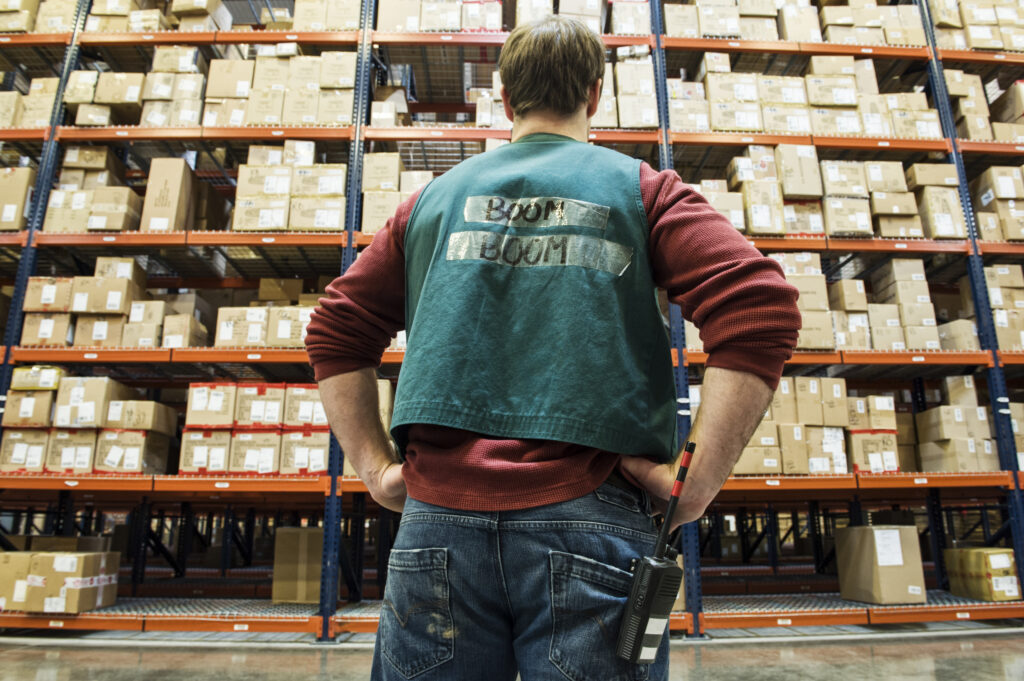The aim of logistics and manufacturing companies is ultimately to generate a profit for their shareholders or owners, as is the case for any other business. As part of this aim, these companies constantly strive to increase efficiency and often implement cutting-edge technologies to improve their bottom lines. Real-Time Location Systems (RTLS) can solve many challenges, including asset tracking, optimizing the maintenance process, inventory management, optimizing routes, and paperless orders.
An RTLS monitors and tracks interactions and objects automatically as they occur, and is fast becoming a go-to technology for warehouses wanting to maximize their overall value.
It is well known that inefficiencies in a warehouse will lead to a company’s bottom line profits declining. A recent survey in the UK of 250 distribution, warehouse, and supply chain managers showed that distribution centers waste about 3,000 hours per year due to workflows that are not productive.
When it is time to improve efficiency, data is the one ingredient crucial to success.
When a warehouse does not have real-time data, management can’t be efficient as processes and decision making becomes merely a guessing game. Managers that base their decisions on educated guesses and gut feelings can never be sure whether their decisions are having a positive effect until weeks or even months after implementing the changes.
RTLS takes all of the guesswork out of operations by providing real-time feedback on a wide variety of parameters, including the speed forklift drivers travel and the routes they use, to the precise location of forklifts and pallets.
In this article, we’ll provide several examples of key areas where RTLS will deliver huge improvements.
Improving Efficiency
When you have access to real-time information on driver movement you’ll be able to work with forklift drivers to improve and refine performance continually. This will be of benefit to both the business and the drivers.
An RTLS will also provide factual pallet and driver information in real time. This enables the manager to see exactly how and where time is lost. This allows for efficiency changes to be made that are sure to work. It also assists drivers in reducing the amount of time they spend searching for locations and pallets, as they have instant access to real time location information. Many companies have found they could reduce the number of forklifts needed by 20% within 6 months of implementing RTLS.
Inventory accuracy
All warehouse and distribution managers know that inventory accuracy is vital, but it’s not always easy to achieve. RTLS will help in achieving and maintaining 99.9% inventory accuracy without protracted and expensive inventory audits that typically take anything from hours to days. RTLS will deliver real-time pallet location information within mere minutes.
As RTLS also provides a current, clear picture of where and when inventory moves, the potential efficiency saving can be up to 15 seconds per pallet move. This is due to the elimination of the requirement of manually scanning a barcode when a pallet is picked up or dropped. This equates to 4 hours’ worth of time saved for every 1000 pallet moves.
Labor management
As journey routing capabilities are improved vastly, an effective RTLS implementation delivers massive cost savings. The accuracy provided is unmatched and this will result in a big improvement in your fleet drivers’ efficiency and productivity. The system will therefore over time deliver a positive ROI in efficiency savings.
Forklift safety
In the US, 20,000 people on average get injured seriously in forklift accidents each year while the cost incurred due to forklift accidents is estimated to be more than $100 million. An RTLS will provide you with all the information required to find the problem’s root cause. This will help you redirect the warehouse flow or assign accountability to eliminate hot spots prone to accidents.
A good example of this is to utilize driver data to determine why and how an accident has happened. It becomes easy to understand what went wrong and how to ensure it doesn’t happen again if you analyze speed and route data.
Conclusion
Deciding how to use data provided to drive improvement is crucial to an RTLS’ success. Having the data is only the start, but interpreting it and then turning it into tangible business benefits is where the real benefits can be unlocked. RTLS will enable you to collect data for analysis from all aspects of the operation, improving the intelligence behind warehouse management vastly. The business will essentially rely on educated guesses if you don’t have an effective RTLS solution and this can be both inaccurate and time-consuming. Data is crucial to the success of the business and if you don’t have it, it may be time to rethink what you’re doing.





